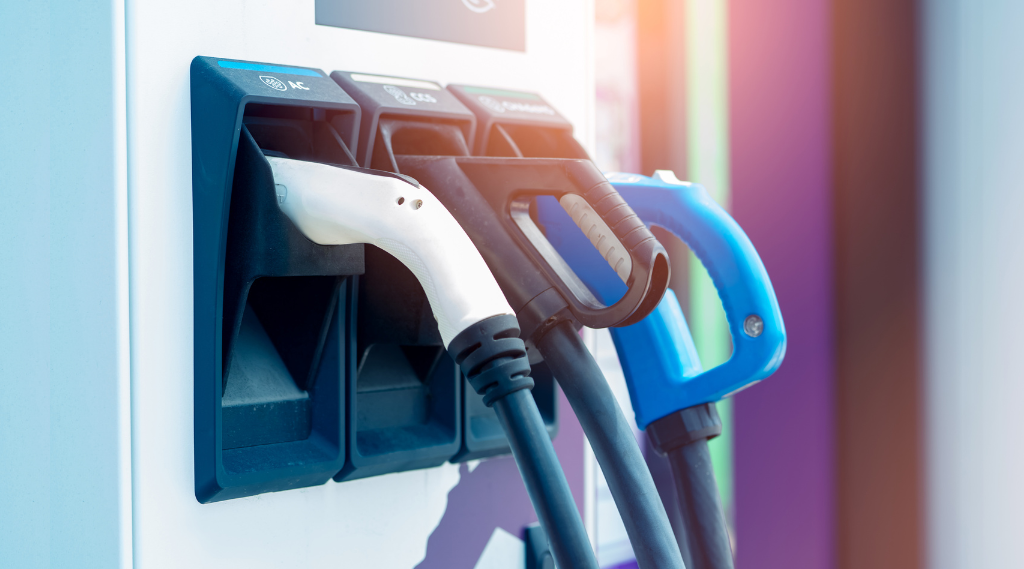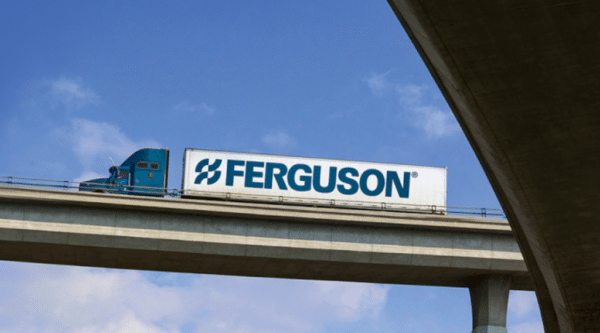In the evolving landscape of automotive technology, one distinct characteristic that sets battery electric vehicles (BEVs) apart from traditional diesel-powered machines is their method of “refueling.” The transition from pumping diesel to mastering the art of recharging batteries marks a significant shift for drivers. Fortunately, this shift introduces a streamlined, largely automated process that drivers can easily adopt.
Refueling Dynamics Explored
Traditionally, diesel vehicles rely on substantial fuel tanks, ensuring drivers have sufficient fuel to cover their journeys. Naturally, these tanks deplete and require regular refilling—a task made convenient by the widespread availability of fuel at fleet depots and truck stops. A semi-truck’s fuel tank, for example, may contain up to 150 gallons, with refilling times varying significantly based on capacity. Typical diesel flow rates from pumps are approximately 30 gallons per minute, which means if a 100-gallon tank we completely empty it would take a little over 3 minutes to fill. Exact time to fill a tank depends on tank size and the amount of diesel still in the tank at the time of refueling.
The refueling process is straightforward, with drivers simply engaging a fuel pump, utilizing their payment card, and initiating the fill-up. Notably, diesel prices, which fluctuate daily, seldom dictate the timing of refueling efforts.
Unveiling the Mechanics of Charging
Conversely, charging a BEV introduces drivers to a fundamentally different approach. Here, the vehicle’s lifeline—the battery—requires periodic reconnection to an external electricity source for rejuvenation, as highlighted in the North American Council For Freight Efficiency’s Guidance Report, “Charging Forward With Electric Trucks.”
Unlike refueling at a pump – where drivers must go “off route” to refuel, monitor the process, and face others hazards like spills or fumes – the charging procedure is far from complex. Drivers align their trucks with charging stations and secure the connection, often aided by user-friendly indicators confirming successful linkage. Since many commercial fleets will opt for depot charging when vehicles are off duty, this hands-off approach allows drivers the freedom to plus their vehicles in and clock out for the day or night.

Safety serves as a key distinction between traditional fueling at pumps and EV charging. The National Fire Protection Association reports an average of 4,150 fires annually at gas or service stations. Though this figure may seem minor considering the daily bustle at U.S. gas stations, EV charging presents an even safer option. The design of EV charging equipment ensures users are fully insulated from the current source, significantly reducing the risk of electric shock under any weather conditions to nearly zero.
Strategic Charging: A New Era
Notably, the charging paradigm is evolving, with fleets increasingly advocating for “opportunity charging.” This strategy encourages drivers to recharge during breaks or meals, boosting battery levels sufficiently to meet daily operational demands without necessarily achieving full capacity.
The economics of charging also diverges from traditional fueling, with electricity costs fluctuating throughout the day—peaking during late afternoon and evening hours. Furthermore, charging times vary with the technology in use; for instance, a 600-kWh electric truck could recharge in six hours using a 100 kW DC fast charger, per the Great Plains Institute.
Ultimately, charging a BEV is a straightforward, accessible process. Charging-as-a-Service (CaaS) providers like Electrada are at the forefront, simplifying the charging experience for drivers and ensuring efficiency and ease in this new electric age of fleet transportation. Get in touch to learn how effectively your fleet and drivers can make the transition to electric fuel.



